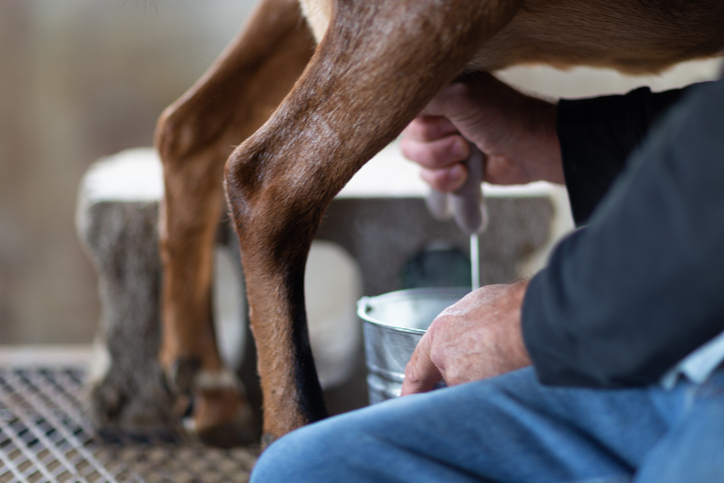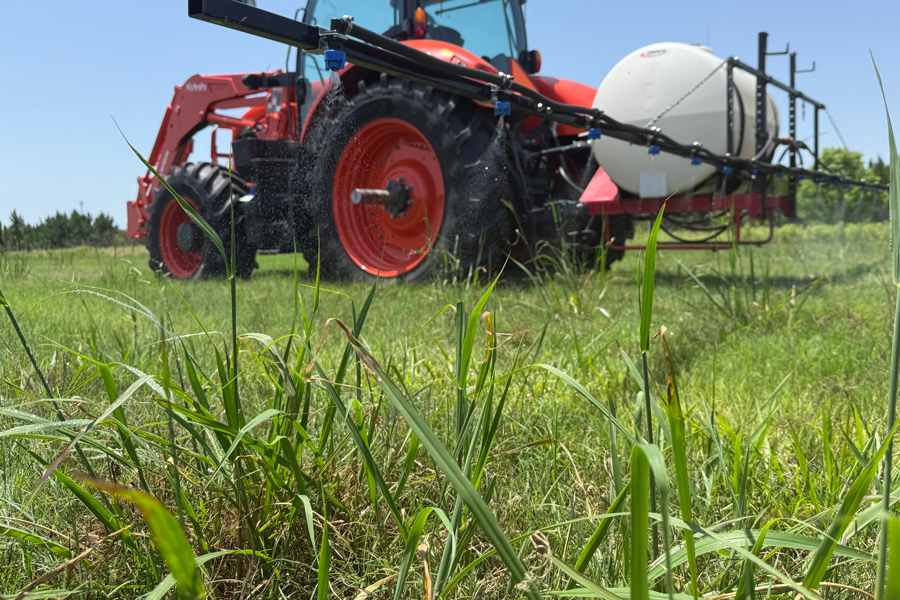Cattlemen UGA Forage Extension Team
Forage Programming and Updates
Grassmaster’s
The GrassMasters program is a 7-week long series of educational workshops that focus on forage production. Workshops will be held virtually every Monday beginning November 2nd. This program is an INTRODUCTION to forage production systems and is highly recommended for new producers.
Weekly video release on forage management
Agents and producers are welcome to join in each Thursday night at 7:00 on the Georgia Forages Facebook page to see the premiere of a new video on forage management. The videos are short (5-10 minutes each) and cover hot topics, research updates, and popular demos from our field days. Follow Georgia Forages on facebook and watch/search for the watch party post in your news feed each week just before 7:00 pm.
https://www.facebook.com/GeorgiaForages/
New Georgia Forages YouTube Page
We have a variety of short videos (previously posted on Facebook) on hot topics in forage management. New videos will be added weekly after the watch party. Subscribe to the channel to receive notifications when new videos are posted.
https://www.youtube.com/channel/UCL6DgfaB8V2DRnGxzEBxU3w
Stay tuned for more exciting events this fall! We are currently working Corteva to plan a virtual pasture weeds field day and Kubota for (possibly) an in-person hay demo event.
UGA Forage Extension Team
-
Managing Fescue ToxicosisTall fescue is one of the most widely grown pasture grasses in the U.S., over a million acres grown in North Georgia alone. A bunch grass, it is the most heat tolerant of all the cool season grasses. However, that heat tolerance comes with a price, an ergot alkaloid producing endophyte that can have negative […]
-
Grazing and Feeding Row Crop ResiduesRow crop harvest is in full swing across the state. Farmers are picking peanuts, defoliating and harvesting cotton, wrapping up corn, and moving into soybean harvest. With this comes an increase in questions about baling or grazing crop residue and stubble. While crop residues can offer good forage value in many situations, there are several […]
-
UGA County Extension Agents assist Corteva with Forage DemonstrationsDr. Lisa Baxter, Greg Pittman (Jackson County), Shane Kornberg (Whitfield County), and Jonathon Stickland (Meriwether County) Introduction: Three counties were selected to host demonstration sites this spring to illustrate the performance of a new herbicide, NovaGraz, from Corteva Agriscience. NovaGraz can be used to control broadleaf weeds while protecting the white clover component of grass-white […]
-
Fertilizing Summer AnnualsSummer annuals like pearl millet, crabgrass, forage sorghum, sorghum-sudans, etc. typically play a huge part in the forage system for the state of Georgia for either grazing or baleage. And fertilizing summer annual forages is a critical component of successful forage production. Proper nutrient management not only boosts yield and forage quality but also plays […]
-
Are you a Georgia Bermudagrass Sprigger?We’re updating our UGA Extension Bermudagrass Sprigger List for 2026 and want to make sure your farm or business is on it. If you sell and plant bermudagrass sprigs, fill out our Google Form and get on the list!




